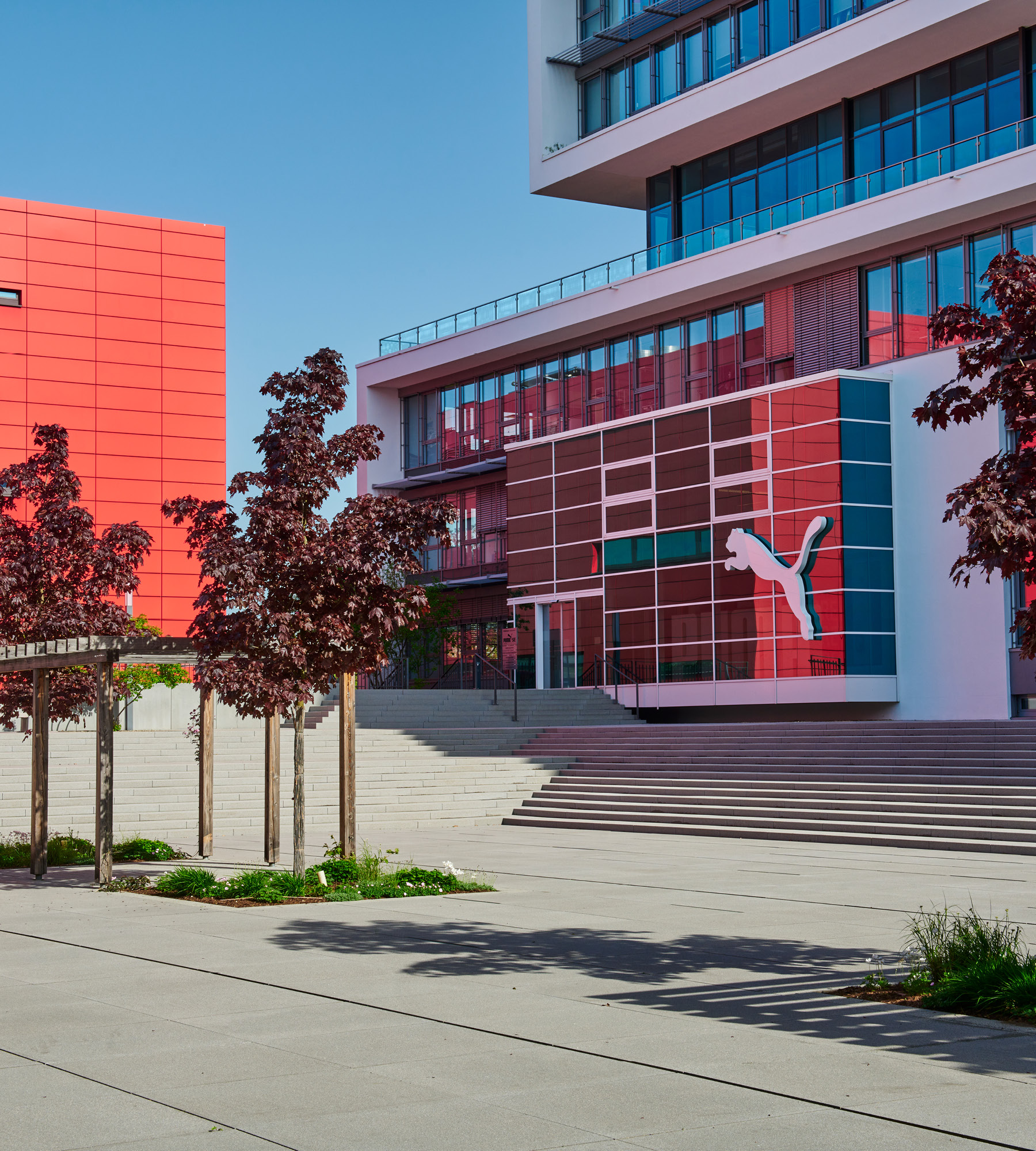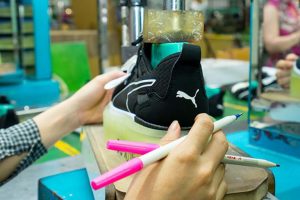Language
You can read the magazine in one of the following languages
In 2023, sportswear giant PUMA’s revenue topped US$9 billion for the first time, having doubled in less than 10 years. Its profit was even more impressive, having tripled to just short of US$6.4 billion during the same period.
The brand, worn over the years by the likes of Neymar, Usain Bolt and Lewis Hamilton, and current sponsors of Manchester City, AC Milan and the Italy national football team, is the third biggest sportswear brand in the world with over 18,000 employees.
All of which means it needs a vast amount of raw materials and a giant network of manufacturing facilities across dozens of countries. Such exponential growth has also transformed its logistics operations as it races to satisfy the insatiable demand for its sneakers, hoodies, athletic suits and football boots.
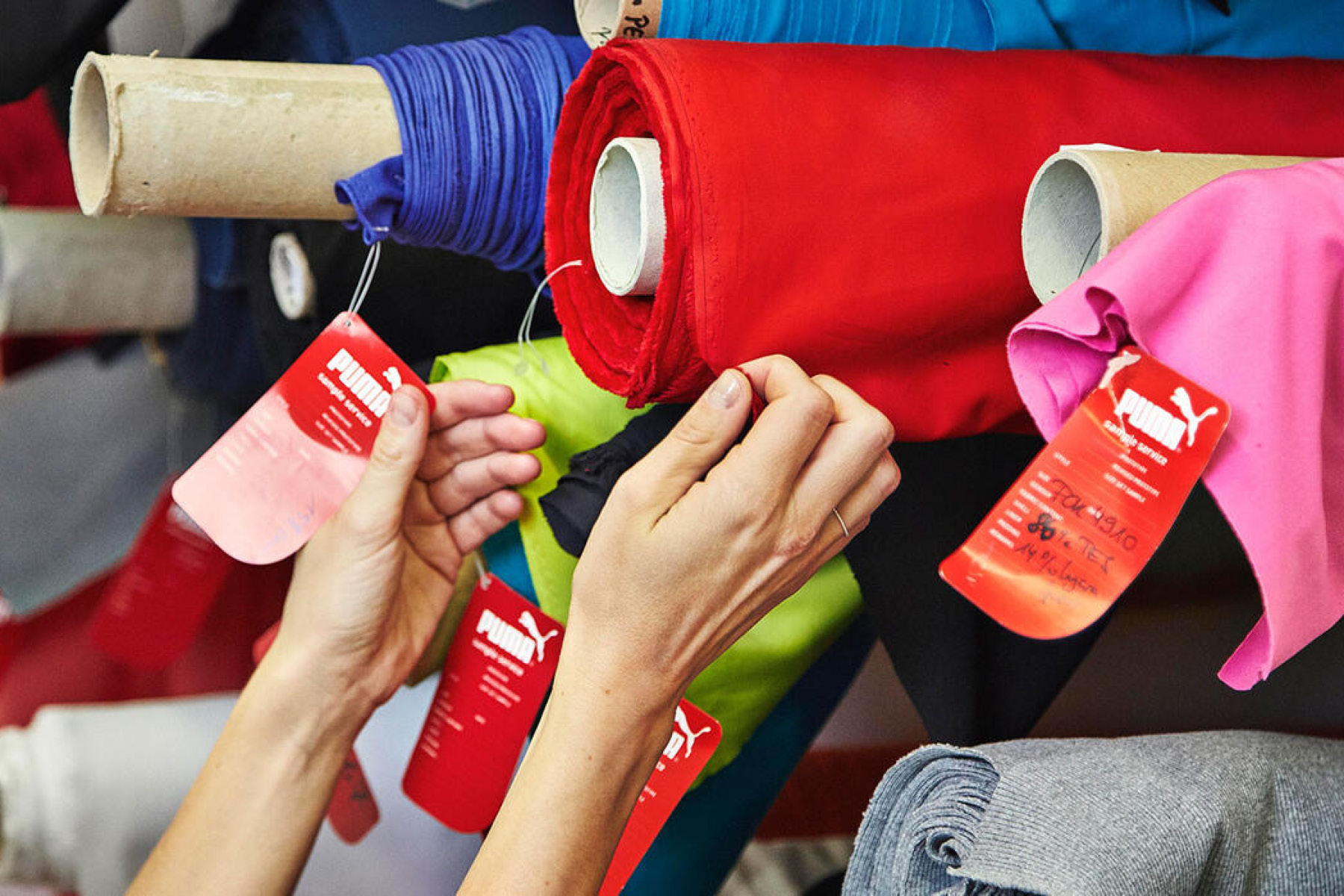
The organization tasked with making sure its hundreds of products are on shelves worldwide is PUMA Group Sourcing. And its responsibilities run the full gamut from coming up with innovative concepts and designs and crafting technical drawings to precise specifications to developing samples, commissioning manufacturers and building mammoth supply chains.
It’s a far cry from PUMA’s humble beginnings as the Dassler Brothers Shoe Factory, founded by siblings Rudolf and Adi in Herzogenaurach, Germany in 1919. The ‘factory’ was actually their parents’ home, but the business was successful enough for them to eventually rent their first manufacturing facility in 1924.
Just four years later, most of the German athletes at the Amsterdam Olympic Games were proudly sporting Dassler Spikes.
Perhaps their most iconic moment came at the infamous 1936 Berlin Games where United States long jumper and sprinter Jesse Owens won four gold medals in his Dasslers, bringing the brothers worldwide acclaim.
After the brothers fell out in 1948, Rudolf set up his own business, which he first called ‘Ruda’, using the first two letters of both his names, but later changed to ‘PUMA’. His brother also formed a company and tried the same letter-combining technique to choose its name: ‘Adidas.’
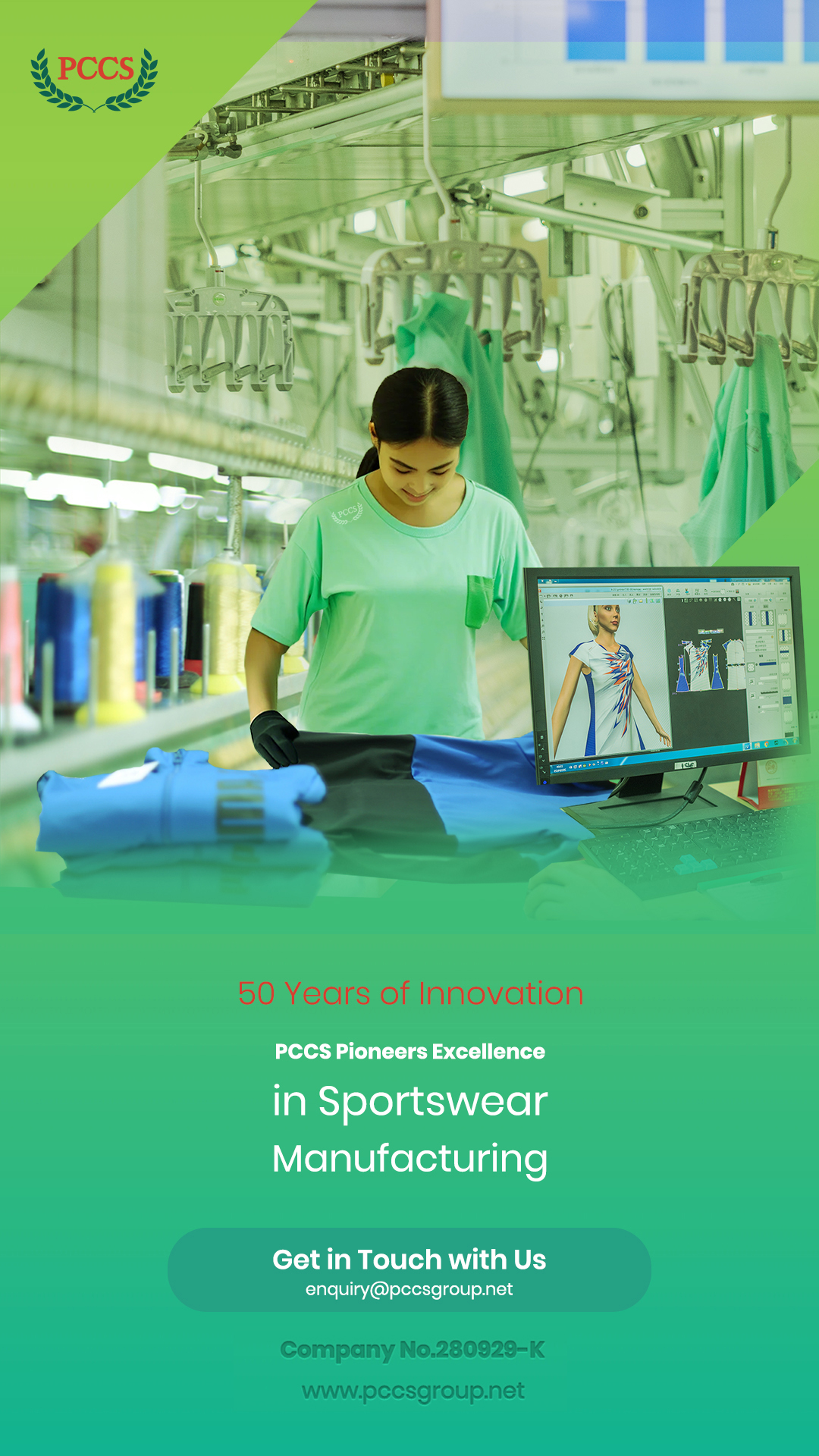
The fierce rivalry between the two led to Herzogenaurach becoming known as ‘the town of bent necks’ as whenever residents saw a stranger, they’d glance down to see which brand of shoes they were wearing before greeting them.
Rudolf and his son Armin guided PUMA to achieve extraordinary growth through high-profile moments such as Tommie Smith’s 1968 Olympic Black Power salute and Pelé’s 1970 World Cup victory with Brazil.
PUMA was listed on the Frankfurt Stock Exchange in 1986 and today ranks as one of the world’s top shoe brands, along with its long-time neighbor Adidas.
The recent expansion is even more remarkable considering the firm’s huge investment in making its wares more sustainable. And it’s PUMA Group Sourcing that has made that happen.
Eight in 10 of the brand’s products and 62 percent of its polyester are now made using recycled materials. It has also introduced virtual sampling where ideas for new sports gear are rendered in 3D to minimize the need for producing physical prototypes. In 2024, PUMA was named the ‘most sustainable brand’ by energy consultants Utility Bidder, achieving what it described as “an almost perfect score of 9.63 out of 10”.
PUMA was the first major corporation to put a value on its environmental impact. And its supply chain financing scheme incentivises its partners to reduce their carbon emissions.
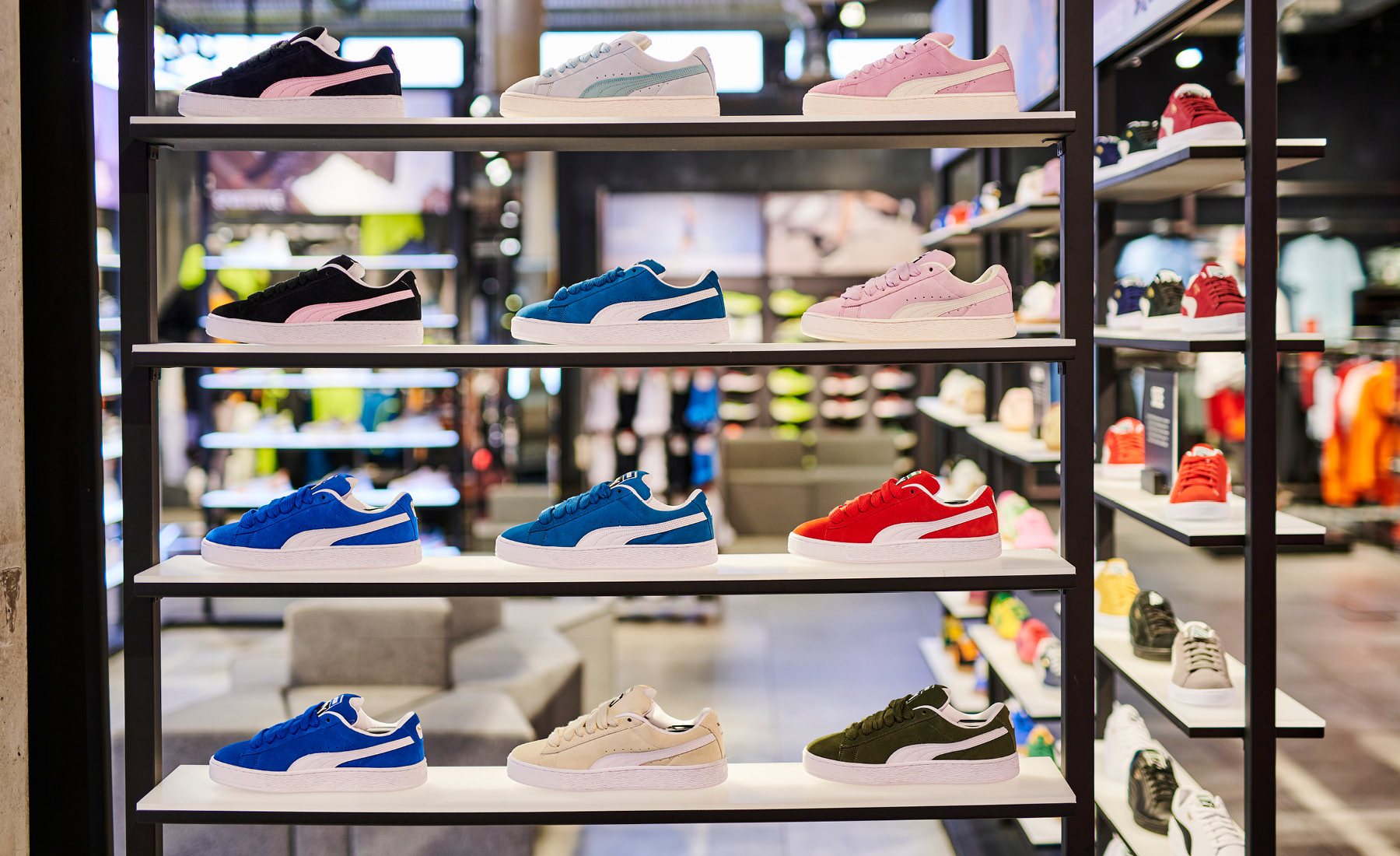
One such partner, leading Malaysian garment manufacturer PCCS Group, has developed a comprehensive range of green energy initiatives to reduce waste, reduce greenhouse gas emissions and build climate resilience across its operations. It also supports local communities by opening up business opportunities and prioritizing the wellbeing of its employees.
The same is true of Singapore-based activewear producer Bodynits, founded by two sisters sewing leotards in 1984 and now one of Asia’s top manufacturers, and expanding its presence right across the continent.
Bodynits has a carbon neutrality strategy that encompasses energy efficiencies, releasing less water waste and eliminating harmful chemicals. It has earned it a series of certifications and accreditations for sustainability.
Such herculean efforts by suppliers help PUMA lead the way in the sportswear industry’s journey toward net zero.
According to PUMA Group Sourcing’s website, the company has maintained relationships that have spanned 10 years or more with 70 percent of its suppliers. This includes 23 major manufacturers in countries including China, Taiwan, Vietnam, Cambodia, Indonesia and Bangladesh.
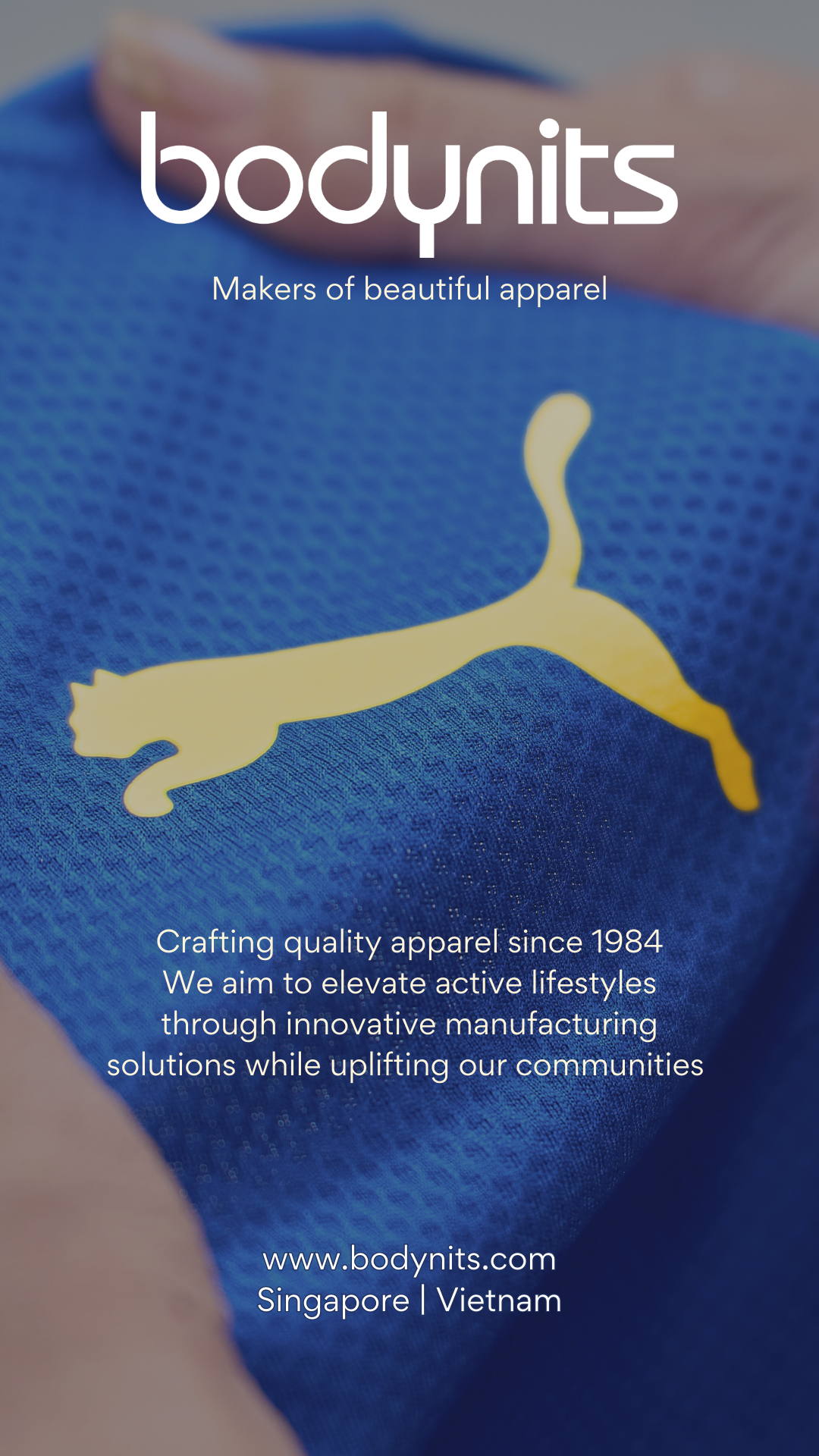
Yet despite this remarkable growth, both PUMA and Adidas are still headquartered in the small market town of Herzogenaurach where the bitter rivalry extends to its two amateur football teams being endorsed by the opposing brands.
Both Rudolf and Adi were certainly visionaries, but neither could have foreseen how their humble shoemaking firm would end up spawning two such colossal sportswear behemoths. Nor that sourcing the raw materials to make so many tens of millions of products would in itself become such an immense operation across every continent on Earth.
